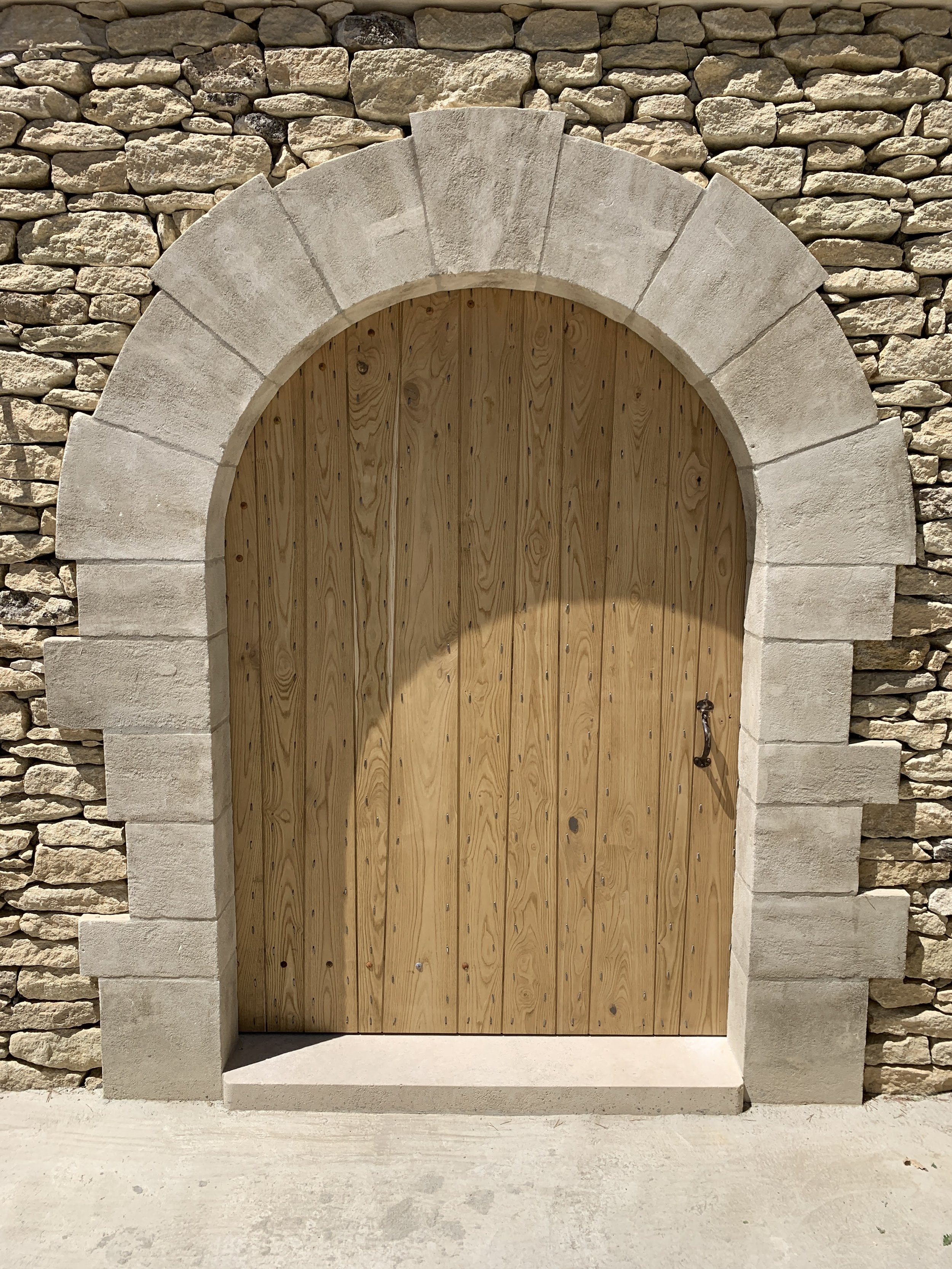Mediterranean garden design, dry gardens and garden landscaping in the South of France
“To renosud the external spaces are as critical as the interior floor plan in the design process. ”
Renosud design and create interesting Mediterranean gardens full of colour, texture and character In the Hérault, Aude, Gard, Vaucluse and Provence areas and anywhere in the South of France for larger commissions.
From dry & xeriscaped gardens and pool landscapes with minimum maintenance, to formal sculpted spaces that finely balance control with naturalistic planting and hard landscaping. Working with your own ideas and preferences we can explore styles and options to find a design that surprises and delights, but ultimately enhances your outdoor living to help your truly enjoy the privilege of living in the Mediterranean.
Low water xeriscaping
Low maintenance Mediterranean dry gardens
Large scale landscaping with specimen size plants
Formal neoclassic & Italianate gardens
External spaces are never more important than in the Mediterranean when many months of the year are spent outside. Your external spaces are extensions of your living space and essential to the Mediterranean lifestyle. To renosud the external spaces are as critical as the interior floor plan in the design process.
We design and create gardens and landscape exteriors either as stand alone projects or as part of complete renovation and new build projects.
garden LANDSCAPE project with pool © renosud © purefrance.com
“Mediterranean regions cover only slightly more than 2% of the world’s land areas, but comprises approximately 20% of all of the plant species in the world.”
planted border with soft moving textures at eyeline in the pool © renosud
a wide RANGE of Mediterranean & dry zone plants © renosud
Xeriscaping and water conservation in garden design in the Mediterranean
The Mediterranean is likely going to be very different from your home country. For almost all clients, it’s not a gardening climate they are used to. Mediterranean gardens have to follow the rhythm and constraints of the Mediterranean climate. Hot dry summers and usually mild wet winters. There’s normally a period of at least three months of severe drought. However, everywhere the climate is getting hotter and dryer. Southern France is predicted to have a climate more like Sicily in less than 20 years time.
Xeriscaping is the process of landscaping or gardening that reduces or eliminates the need for supplemental water from irrigation. It’s going to become essential in all Mediterranean gardens to some degree. Xeriscaping is different from natural landscaping, because the emphasis in xeriscaping is on the selection of plants for water conservation, not necessarily selecting native plants. Xeriscaping opens up the world of succulents, cacti and plants from native dry areas such as Mexico, North Africa and the southern states of the USA.
opuntia planted against a feature plain RENDERED wall for effect in a XERISCAPED installation © renosud
Xeriscaped gardens are low maintenance, highly architectural and resistant to the heat and dry. Even the smallest plot can look great with a design based on Xeriscaped principles.
xeriscaping on a rocky plot keeping a natural look & feel - Dracaena draco, Agave parryi, Agave ovatifolia, Yucca rostrata, Dasylirion longissimum, Euphorbia dendroides, Quercus ilex , Cistus x skanbergii © renosud
Architectural plants are important in garden design
Architectural plants anchor a design in a way that other plants do not. In most designs it’s important to include structured architectural plants, either singularly, massed or as part of a scheme. The French Mediterranean climate supports a vast array of architectural plant types including palms, agave, aloe and many other succulents.
Dracaena draco - the ‘Dragon tree’ © renosud
ARCHITECTURAL simplicity in this agave © renosud
the ‘golden ratio’ perfectly EXPRESSED in aloe polyphylla growing here in a project © renosud
ARCHITECTURAL simplicity in this agave © renosud
ARCHITECTURAL simplicity in this aloe © renosud
wooded garden design by renosud © renosud
If you have the privilege of living in the French Mediterranean, you have an incredible gift from nature.
Mediterranean-type ecosystems (MTEs), with their characteristic and unique climatic regimes of mild wet winters and warm and dry summers, occur in just five regions of the world: California; Central Chile; the Mediterranean Basin; the Cape Region of South Africa; and Southwestern and South Australia. The world’s five Mediterranean-climate regions are home to remarkable and globally significant levels of plant diversity and endemism that has led all five regions to be designated as “biodiversity hotspots.” Although these regions cover only slightly more than 2% of the world’s land areas, the combined vascular plant flora of the five regions comprises approximately 20% of all of the plant species in the world. Moreover, these Mediterranean-climate regions also are recognised internationally as some of the most imperiled ecosystems in the world. https://www.iucn.org/
Naturalistic planting on a project with a sloping plot. existing trees as structure - Acer monspessulanum & Quercus ilex (holm oak) © renosud
acer PALMATUM and clipped Quercus ilex (holm oak), iris unguicularis, Beschorneria yuccoides © renosud
A border full of texture and COLOR © renosud
a herb garden with lemon tree in a sheltered CORNER of a large garden project. © renosud
Disappointing average design is everywhere.
We are often disappointed with typical garden design in the Mediterranean which is often based on a list of all the usual easily available garden centre plants and a formula execution for speed and ease. The result is nearly always dull and uninspiring.
Our usual signature style is using a wide variety of different plants from Mediterranean climate zones around the world and our gardens usually reflect the extraordinary range of Mediterranean flora. Often using rare and unusual plants from specialist suppliers, as well as well known reliable varieties, our executions are always interesting.
careful clipping and mounding on this plot CREATE managed RHYTHM © renosud
OLIVER EUROPEA, BUXUS. LAVENDULA, Teucrium Fruticans
significant but carefully selected felling and shaping creates the backbone in this large garden project © renosud
There’s no doubt it takes longer to source and find plants from many suppliers rather than one or two, but the results are obvious in interest and texture. There’s no single supplier who can provide a wide enough range to create true balance in a design. That’s why in a typical execution we will use several different suppliers from France, Italy to Spain to find the plants we want.
succulents and arid plant varieties balance grasses and other MEDITERRANEAN SPECIES to create a harmonised look that will mature with texture colour and interest. © renosud
Good gardens look balanced and harmonious but take skill, time and passion to create. It’s not something that can be churned out on demand to a formula. When designed well, a garden delivers soulful, reflective spaces that really enhance daily Mediterranean life. With so much time outside what you do with it really makes a difference.
Landscapes with many different plants mimic nature creating ecological balance and interdependence which actually strengthen the ecosystem.
lavandula is essential in almost every Mediterranean garden with 45 different species with over 450 varieties © renosud
Ferocactus stainesii var. pilosus, Agave stricta, Opuntia aciculata, Euphorbia dendroides © renosud
echium fastuosum blooming in a project © renosud
Lomelosia cretica © renosud
planting phase in a LARGE INSTALLATION © renosud
small rockery but packed with interest © renosud
Courtyard garden hard LANDSCAPING luberon - in progress
pool LANDSCAPE border full of movement colour and texture © renosud
Using a wider range of plants takes more time and effort to source but offers greater shapes, texture and colour to create ever changing landscapes that enhance the design and delight the eye across the seasons.
Landscapes with many different plant types mimic nature creating ecological balance and interdependence which actually strengthen the overall ecosystem. The result is not just a beautiful design but a ‘living’ ecologically balanced garden where one plant supports another attracting insects, butterflies and wildlife.
geometric STRUCTURE make important accents in any garden design. Aloe plicatilis [fan aloe] © renosud
rockeries can be created to add height and depth to even a small garden design © renosud
Restraint versus boring repetition in garden design
Restraint in the planting pallet creating purposeful repetition and rhythm is not the same as boring designs simply repeating the same old plant varieties. Boring repetition is often driven by designers and garden landscape professionals using the same recurring Mediterranean plants that they ‘think’ tick the clients Mediterranean garden boxes. Reducing the creative options to a limited list of suppliers for operational ease collapses the options to ordinary. You see it repeated everywhere from traffic islands to boring suburban gardens that all look like a version of the same simplistic design. Like a stroll around a garden centre.
Cliché designs with all the usual garden centre plants thrown together in a heartless formula is a wasted opportunity and rarely makes a great garden.
Clipping and accents in this garden design create rhythm and juxtapose natural and man-made forms to create a managed harmony. adding a terraced stone wall created an elevated sitting terrace above in THE heart of this garden. © RENOSUD
Restraint but with repetition in shape and form and restricted tones and colour can lead to pleasing harmony. These types of managed spaces are almost always characterised by clipping, mounds, hedges or accents and the rhythm of managed shape in a juxtaposition with nature. Far from being restricted by a limited plant list of the usual suspects, these executions often use many different types of plants.
A small section of a large garden installation the ‘dry butterfly’ garden zone © RENOSUD
GARDEN INSTALLATION HAUTE PROVENCE WITH NATURAL RUSTIC PLANTING © RENOSUD
Clipping and accents create rhythm and juxtapose natural and man-made forms to create a managed balance. Because we seek patterns in nature there is an innate contentment when shapes colours and textures are rendered to man-made natural harmony. Somehow, we are better able to see the space between and appreciate the whole. Of course, nature does this ‘selected repetition’ all by herself.
The deep aesthetic pleasure of a garden comes from emerging yourself in the deliberate control and creative expression that’s at the heart of any designed space. The balance and control of colour, shape and form. This is not the same as appreciating the beauty of a truly natural landscape. A garden is always a managed and contrived space. There’s always a design and intention at the root of it, even when nature then takes over as the artist. However, nature often provides the inspiration bringing plants together naturally and randomly that can often look deliberately ‘designed’. Great gardens and great garden designers not only acknowledge it but play to it. Nature is supposed to modify and even dominate, but the design intention is always in the DNA of every garden.
Centaurea spinosa & Euphorbia spinosa creaTE natural mounds and architectural form IN THE WILD which look ‘designed’
“Monoculture cliché designs with all the usual garden centre plants thrown together in a heartless formula is a wasted opportunity.”
large scale naturalised rockery in the early stages of growth with over 80 plant varieties from all over the global Mediterranean climate zones. in 3 years the underlying structure in this garden will give way to its INTENDED form and mass. SOMETIMEs we have to wait for results. © renosud
laying a crushed MARBLE driveway
gabions, oak SLEEPERS and gravel used to create hard LANDSCAPING COMPONENTS in this project in vaucluse
gabions, oak SLEEPERS and gravel used to create hard LANDSCAPING COMPONENTS in this project in vaucluse
Our team are experienced landscape professionals
Our contractors are experienced landscape professionals who work closely to our detailed plans.
stone mason and DRY WALL expert at work on a renosud project. © renosud
new stone wall and arch with wooden door - luberon
we deal direct with primary producers if the budget is SUFFICIENT for minimum orders.
We have an extensive direct network of specialist plant suppliers in Spain, France and Italy most of them world leaders in Mediterranean plants who work with international designers around the world. We also work with small micro producers, often passionate semi-professionals, selling small quantities of fabulous plants that simply cannot easily be found. It’s worth the effort.
Email us to discuss your garden or landscaping project or we will discuss your external spaces as part of your wider construction project.





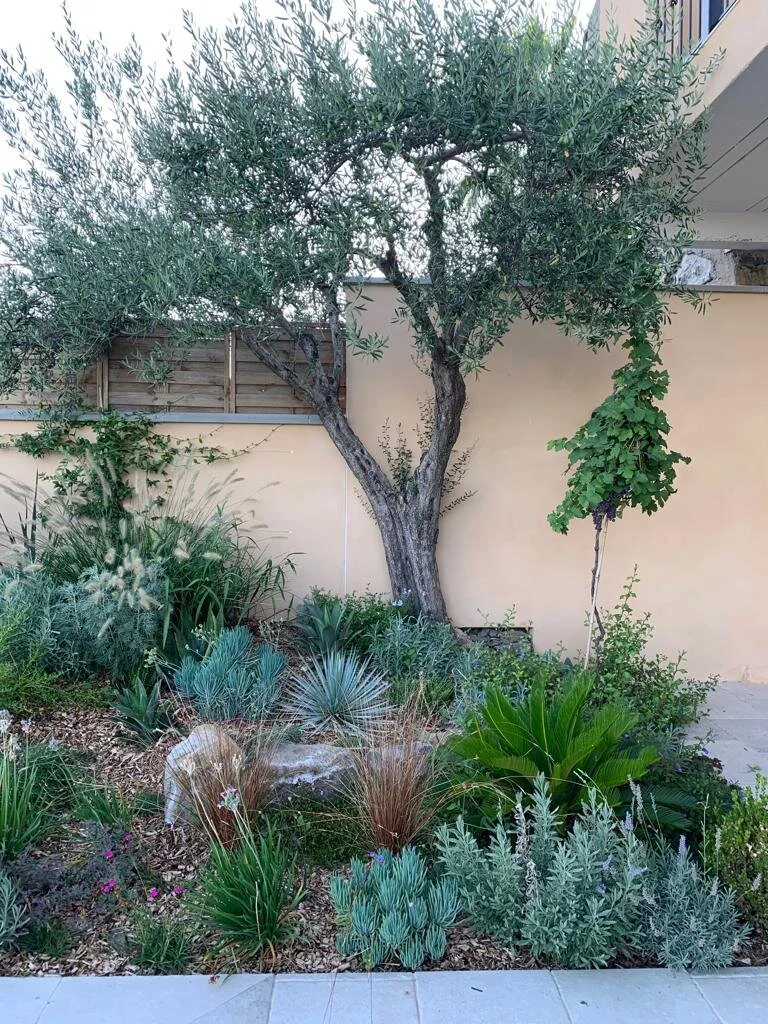
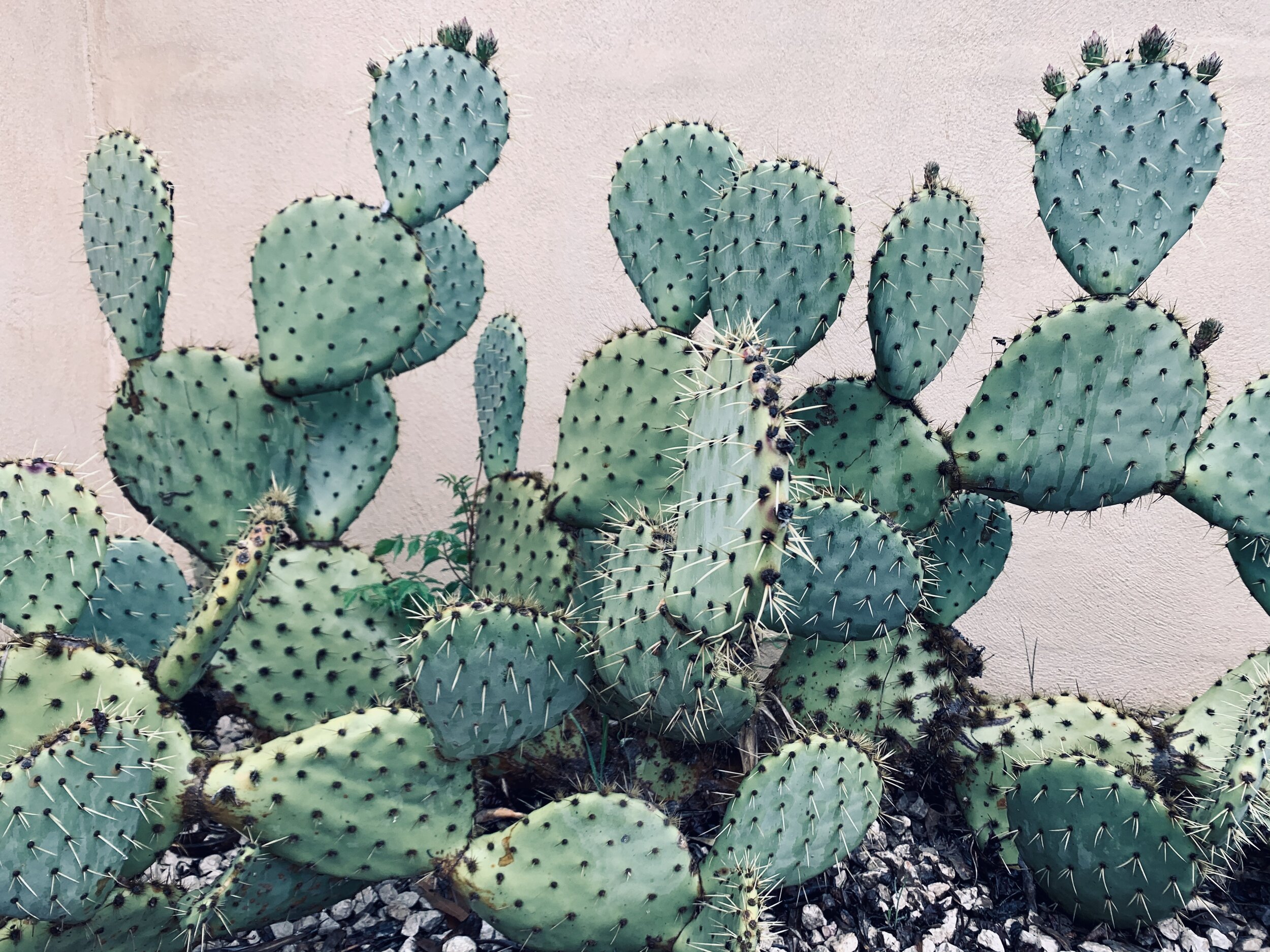







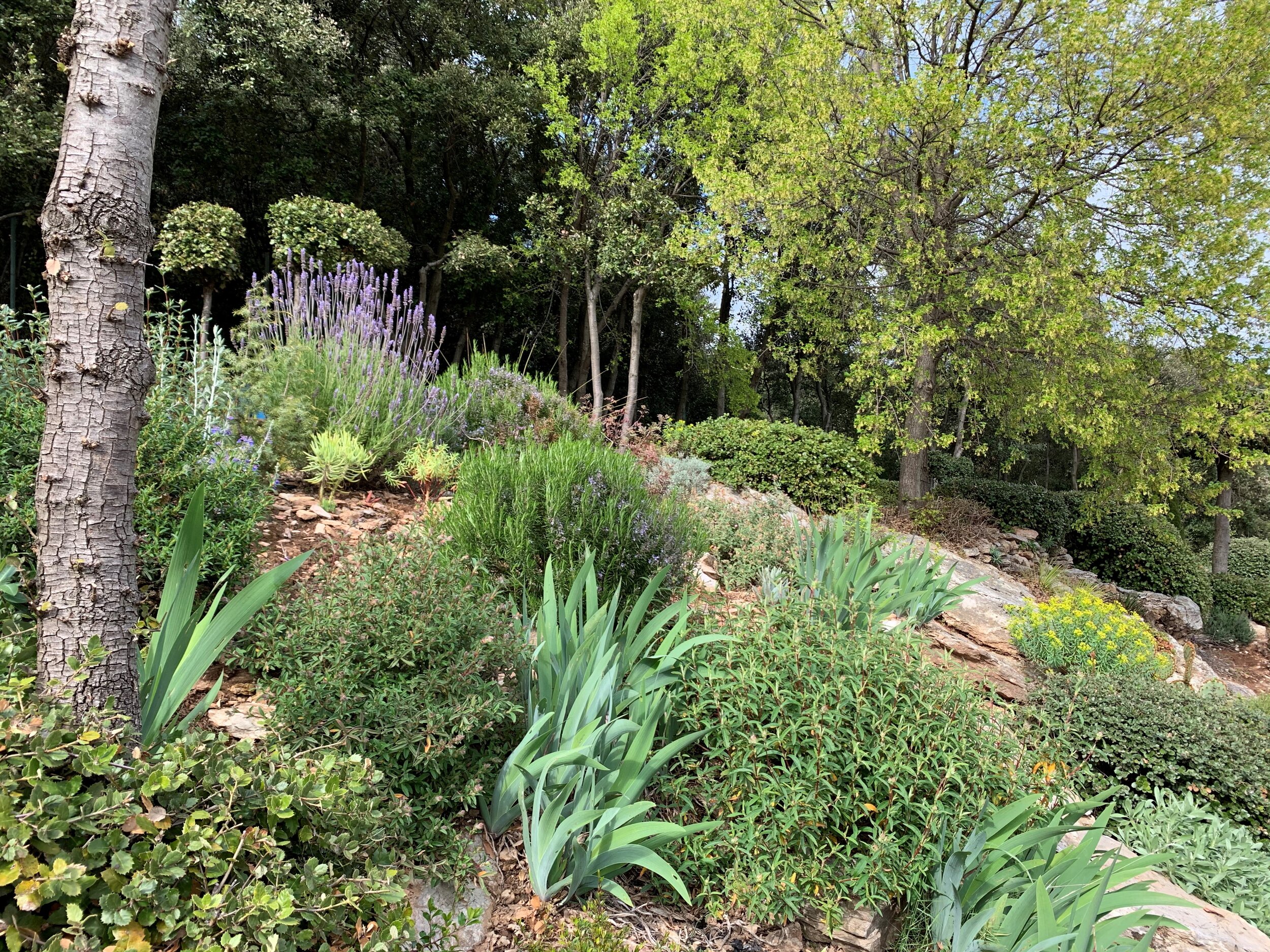










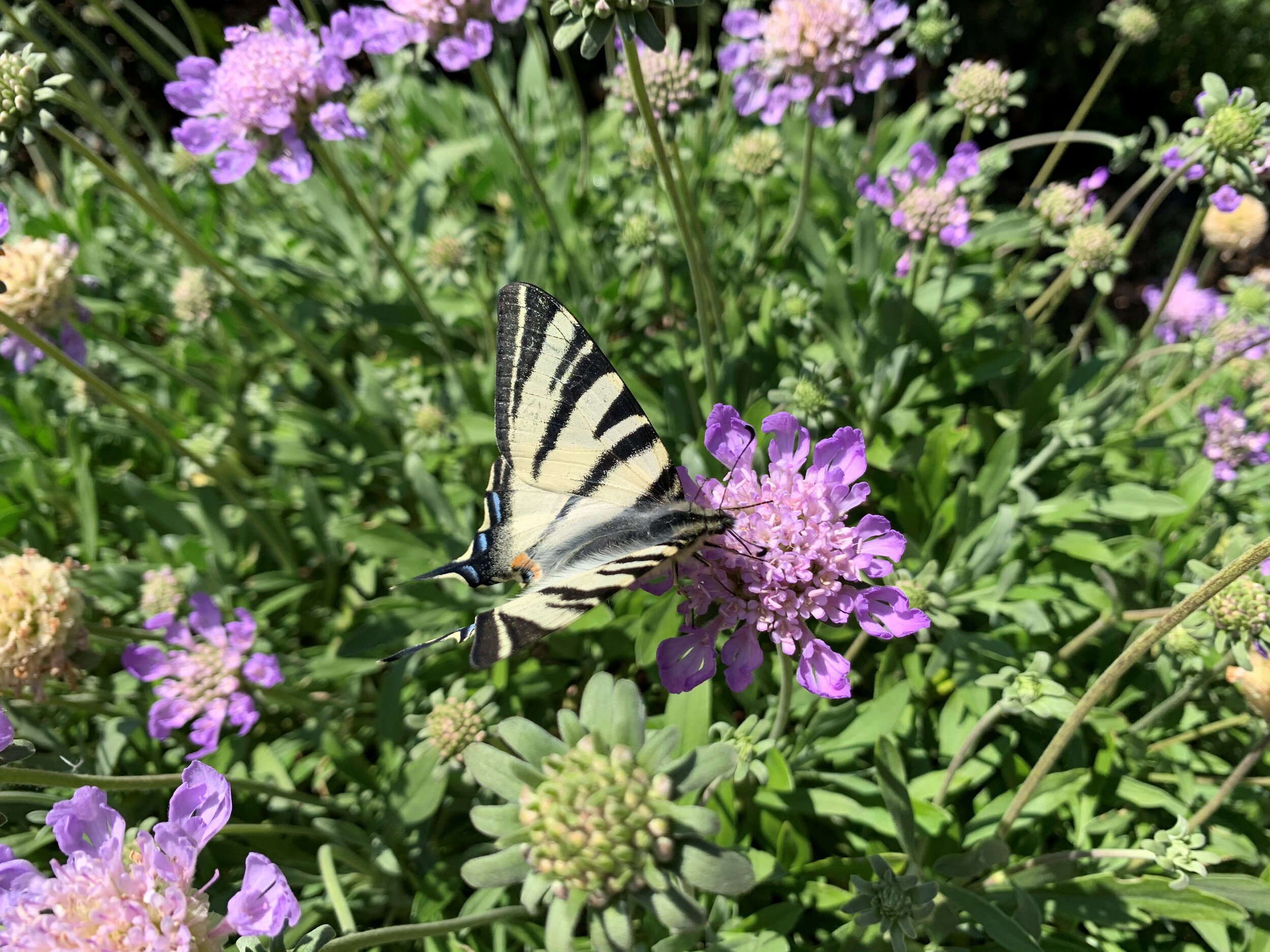




![geometric STRUCTURE make important accents in any garden design. Aloe plicatilis [fan aloe] © renosud](https://images.squarespace-cdn.com/content/v1/579b5bd5414fb52c5bb7d58a/1585384756626-XB7L3WLOS6IMW15GRI1Q/fan+aloe+Aloe+plicatilis)









